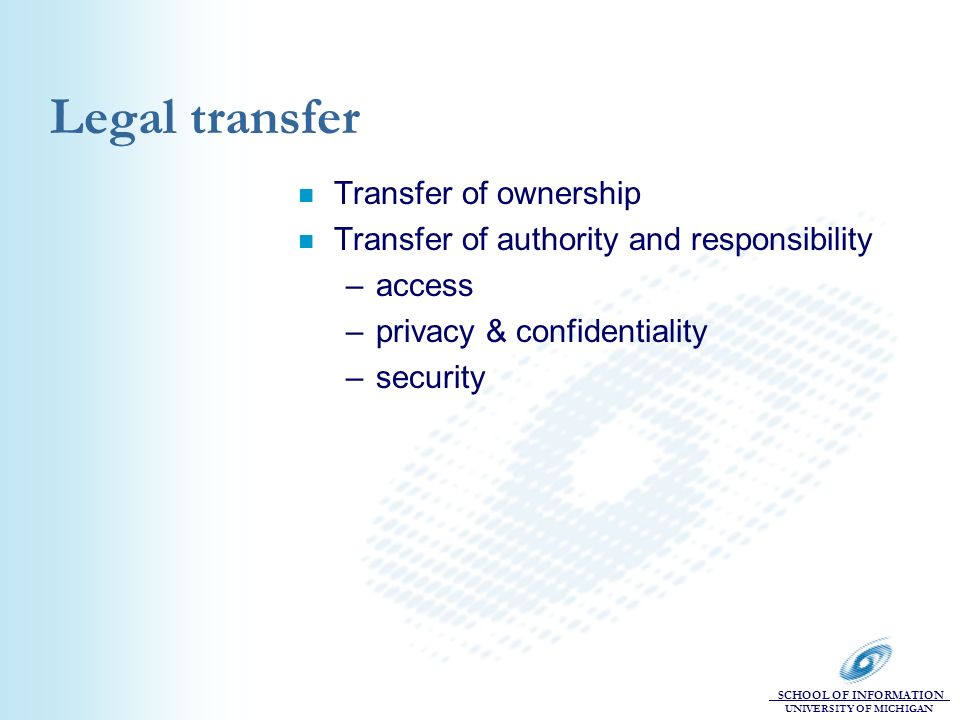A Transfer License is an important concept in the world of stock photography, and understanding it can significantly impact both photographers and buyers. Essentially, a Transfer License allows the rights of a photographic work to be transferred from the original creator, usually the photographer, to another party, often a buyer or an agency. This can occur in various contexts, from stock photography sites like Alamy to individual private sales.
The core idea behind a Transfer License is to establish legal ownership and usage rights for the buyer while ensuring that the photographer receives compensation for their work. When a photographer submits their images to a platform like Alamy, they often grant a Transfer License, which specifies what the buyer can do with the images. These licenses typically address:
- Scope of Use: How the image can be used (commercially, editorially, etc.)
- Duration: The period during which the license is valid.
- Exclusivity: Whether the buyer has exclusive rights or if the photographer can sell the same image to others.
- Geographic Limitations: If applicable, where the image can be used (regionally or globally).
Understanding these elements is essential for both photographers, who want to protect their work, and buyers, who need to ensure they're purchasing the right to use the images in the way they intend. In essence, a Transfer License is a legally binding agreement that dictates how an image can be used and safeguards the rights of both parties involved.
Why Transfer Licenses Matter for Photographers and Buyers

Transfer Licenses play a vital role in the photography market, influencing how both photographers and buyers approach their transactions. It's essential for both parties to understand the implications of these licenses, as they govern the way images can be used and ensure that everyone's rights are respected. Here are some key reasons why Transfer Licenses matter:
- Protecting Creators: For photographers, Transfer Licenses establish clear boundaries around the usage of their work. By stipulating the limits of how their images can be used, photographers can protect their artistic integrity and ensure they receive appropriate compensation. Without these licenses, creators may find their work used in ways they never intended, often without any payment.
- Providing Clarity for Buyers: Buyers benefit from Transfer Licenses because they outline what they can legally do with an image. Whether they're using a photo for a marketing campaign, a blog post, or a social media ad, the license specifies these rights clearly. This transparency helps buyers avoid potential legal issues that can arise from unauthorized use.
- Fair Compensation: Transfer Licenses typically involve a transaction where the buyer pays for the rights to use the image. This financial exchange supports photographers, allowing them to sustain their creative endeavors. It also ensures that buyers are investing in quality work, which can elevate their projects.
- Facilitating Licensing Negotiations: Understanding Transfer Licenses can streamline negotiations between photographers and buyers. When both parties are well-versed in the terms, it becomes easier to discuss usage rights, pricing, and other considerations without confusion or misunderstanding.
- Adapting to Changing Markets: As the digital landscape evolves, the ways images are used and distributed continue to change. Transfer Licenses offer a flexible solution that can be adapted to meet the needs of both photographers and buyers, whether it's for traditional media or emerging platforms like social media and video.
In conclusion, Transfer Licenses are essential for establishing and protecting the rights of both photographers and buyers. They provide peace of mind, ensure fair compensation, and create a more transparent marketplace for photographic works. Understanding the nuances of these licenses can help both parties navigate the complex world of stock photography with confidence.
Also Read This: Managing Queued Photos on Alamy: How to Clear Pending Submissions
3. How to Obtain a Transfer License on Alamy

Obtaining a transfer license on Alamy is a straightforward process, but it’s important to follow the right steps to ensure that everything is in order. A transfer license allows you to legally use stock images in specific ways and sometimes even to reassign or transfer those rights to another party. Here’s how you can navigate the process:
- Create an Alamy Account: If you don’t already have an account, you’ll need to sign up on the Alamy website. This will require you to provide some basic information and agree to their terms of service.
- Browse and Select Images: Once your account is set up, take your time to browse Alamy’s extensive library of images. Use the search filters to find exactly what you need. Don’t forget to check the licensing options available for each image.
- Add to Cart: Once you find images you’d like to use, add them to your cart. Alamy often provides different licensing options for each image, so ensure you select the one that suits your project best.
- Request a Transfer License: If you plan to transfer the license, look for the option to request a transfer license when you’re checking out. You might need to provide details about how you intend to use the image and who it’s being transferred to.
- Complete Payment: After finalizing your selections, move on to the payment process. Ensure that you keep receipts and confirmations, as you may need these for your records.
- Receive the License Agreement: Once your payment is processed, you will receive a license agreement. Make sure to read it carefully! This document is crucial, as it outlines what you are allowed to do with the image.
It’s also advisable to communicate directly with Alamy’s support if you have any questions or special requests regarding the transfer license. They’re generally quite responsive and can offer guidance tailored to your needs.
Also Read This: How Much Can I Make on Alamy? Understanding Potential Earnings as a Contributor
4. Legal Implications of Using Transfer Licenses

When it comes to legal implications, understanding the specifics of transfer licenses on Alamy is essential. Missteps can lead to significant legal complications, so let’s break down the key points you should be aware of.
- Usage Limitations: Transfer licenses usually come with strict conditions. For instance, the license may specify how, where, and for how long you can use the images. Violating these terms could result in legal action by the copyright owner.
- Attribution Requirements: Some licenses require you to credit the photographer or image creator in a particular way. Always check the agreement to ensure you’re giving proper attribution, which can help avoid disputes.
- Transfer Restrictions: A transfer license allows you to pass on rights, but it’s crucial to know who you can transfer the license to. Often, you cannot sell the image to a third party without permission from the original licensor.
- Liability for Misuse: If you misuse a transfer license, you could be held liable for damages. This might include fines or being required to cease usage immediately. Always stay informed about the legal language in your license agreements.
- Global Reach: Keep in mind that copyright laws vary from country to country. If you’re planning to use the images in different jurisdictions, ensure you’re compliant with local copyright regulations.
Remember, working with transfer licenses can be a fantastic opportunity to enhance your projects, but it’s essential to respect the rights of the original creators. By keeping yourself informed and abiding by the legal stipulations, you protect yourself and support the creative community.
Also Read This: Alamy vs Getty Images: A Comparison of Two Leading Stock Photography Platforms
5. Best Practices for Managing Transfer Licenses
When it comes to managing transfer licenses on Alamy, having a strategy in place can make all the difference. Whether you're a photographer, an agency, or a buyer, understanding the nuances can simplify your experience and protect your interests. Here are some best practices that can help you navigate the waters of transfer licenses with ease:
- Keep Detailed Records: One of the first steps in successful management is maintaining comprehensive records of all your licenses. This includes the date of transfer, the buyer's information, and any specific usage terms agreed upon. Having this documentation will be invaluable in case of disputes.
- Understand Usage Rights: Carefully read through the details of what the transfer license allows and disallows. Knowing whether the license covers commercial use, modifications, or only personal use can save you from potential legal issues down the line.
- Communicate Clearly: If you’re transferring licenses, communicate clearly with the buyer regarding what they can and cannot do with the images. Providing a summary of rights can prevent misunderstandings.
- Stay Updated: Laws and regulations regarding copyright and trade can change. Make it a habit to stay informed about any shifts that might impact your licenses. Subscribing to relevant industry newsletters can help you remain in the loop.
- Consider Legal Advice: If you’re handling high-stakes licensing or are unsure about the terms of a transfer, seeking legal counsel can be a wise decision. An attorney with experience in intellectual property can provide clarity.
- Review and Revise: Things change, and so can your needs. Periodically revisit and revise your licenses to ensure that they still align with your business model and strategies.
Implementing these practices not only ensures that you're operating within legal boundaries but also helps in building trust with clients and partners. A structured approach can go a long way in maximizing the benefits of your transfer licenses on Alamy.
Also Read This: Inside Look at Alamy Platform
6. Common Misconceptions About Transfer Licenses
Transfer licenses can seem complicated, leading to various misconceptions. Addressing these misunderstandings is crucial for both sellers and buyers in the marketplace. Let’s clear up a few of the most common myths surrounding transfer licenses:
- It’s Just a Simple Agreement: Many believe that a transfer license is just a handshake, but it’s a legally binding document. *Understand that there are specific terms and obligations involved.* Ignoring them can lead to serious consequences.
- All Licenses Are the Same: Not all transfer licenses are created equal! The rights granted can vary significantly based on the license type and the platform policies. Be sure to read the specifics rather than making assumptions.
- You Can Use Images Forever Once Purchased: This is a major misconception. Most transfer licenses include expiration dates or limitations on usage. Always be aware of how long you can use the image and for what purposes.
- Only Buyers Need to Worry About Licenses: Sellers need to manage their licenses just as carefully. They must ensure that they aren't infringing on someone else's intellectual property and that their licenses reflect their own terms of use.
- Transfer Licenses Cover All Media: Some people mistakenly believe that a transfer license allows them to use the work in any format or platform. This isn’t always the case! Check your license to see if it limits usage to specific media types.
By debunking these myths, we can foster a better understanding of transfer licenses and their implications. It's essential for anyone engaging in licensing deals—whether you're creating, using, or purchasing content on Alamy—to be fully informed and compliant with the terms of the licenses they engage with.
Conclusion: Navigating Transfer Licenses on Alamy
In summary, understanding transfer licenses on Alamy is crucial for both buyers and sellers in the realm of stock photography. These licenses dictate how images can be used, ensuring that rights are respected while allowing for creative freedom. Here are some key takeaways to keep in mind:
- Definition: A transfer license allows a licensee to use an image with specified rights, including but not limited to commercial use, publishing, and distribution.
- Legal Implications: Breaching the terms of a transfer license can lead to legal repercussions, including potential financial penalties and removal of access to Alamy's resources.
- Types of Licenses: Familiarize yourself with the various types of licenses available on Alamy, such as Extended License and Royalty-Free, to choose the right option for your needs.
- Attribution: Ensure appropriate attribution is given where required, and always check the specific terms of each photo's license.
By paying close attention to these aspects, users can effectively navigate the complexities of transfer licenses on Alamy. Whether you're an amateur enthusiast or a seasoned professional, understanding these legal nuances is essential for leveraging Alamy's rich repository of images. Always remember to review license agreements thoroughly and to consult legal experts if you have any uncertainties regarding usage rights.
 admin
admin








